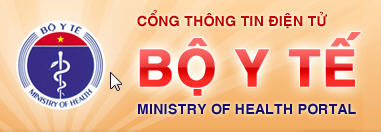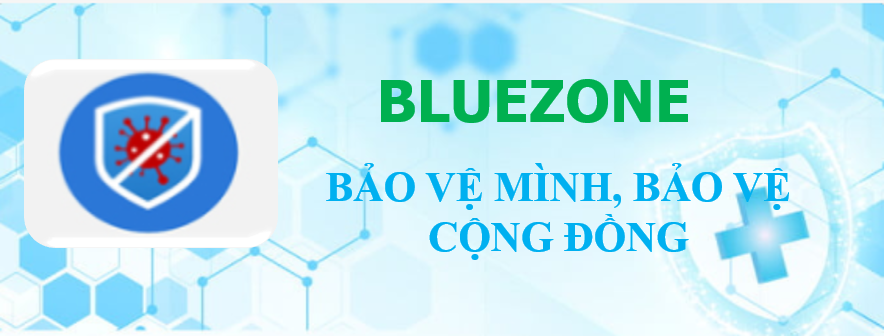Sep 25,2022
Chikungunya
Overview
Chikungunya is a mosquito-borne viral disease that causes fever and severe joint pain. The disease was first recognized in 1952 during an outbreak in southern Tanzania. It is a ribonucleic acid (RNA) virus that belongs to the alphavirus genus of the family Togaviridae. The name “chikungunya” derives from a word in the Kimakonde language of southern Tanzania, meaning “to become contorted”, and describes the stooped appearance of sufferers with joint pain (arthralgia).
Chikungunya is transmitted to humans by the bites of infected female mosquitoes. Most commonly, the mosquitoes involved are Aedes aegypti and Aedes albopictus. These two species can also transmit other mosquito-borne viruses, including dengue. They bite throughout daylight hours, although there may be peaks of activity in the early morning and late afternoon.
The disease occurs in Africa and Asia, although imported cases have been recorded in the WHO European Region and the Region of the Americas. Over 2 million cases have been reported since 2005.
Symptoms
Symptoms of chikungunya appear between 4 and 7 days after the patient has been bitten by the infected mosquito. Chikungunya is rarely fatal. Most symptoms are generally self-limiting and last for 2–3 days. The disease is characterized by an abrupt onset of fever, which is frequently accompanied by joint pain. Other common signs and symptoms include muscle pain, headache, nausea, fatigue and rash. The joint pain is often debilitating and usually lasts for a few days to a few weeks.
Most patients recover fully, but in some cases joint pain may persist for several months or even years. Occasional cases of eye, nervous system and heart complications have been reported, as well as gastrointestinal complaints. Serious complications are not common, but the disease can contribute to the cause of death in older people. Often symptoms in infected individuals are mild and the infection may go unrecognized or be misdiagnosed in areas where dengue also occurs.
Treatment
There is no specific antiviral drug treatment for chikungunya and there is no commercial chikungunya vaccine. Treatment is directed primarily at relieving the symptoms, including joint pain. This is largely achieved by using anti-pyretic drugs to reduce fever, by optimising the use of pain medication and by administering fluids. Aspirin and other non-steroidal anti-inflammatory drugs should not be administered until dengue can be ruled out in order to reduce the risk of bleeding.
Prevention and control rely heavily on reducing the number of water-filled habitats that allow mosquitoes to breed. During outbreaks, insecticides may be sprayed to kill flying mosquitoes; applied to surfaces in and around the abovementioned water-filled habitats where the mosquitoes land; and used to treat these habitats to kill the immature larvae.
For protection during outbreaks of chikungunya, clothing which minimizes skin exposure to day-biting mosquitoes is advised. Repellents can be applied to exposed skin or to clothing in strict accordance with product label instructions.
For those who sleep during the daytime, particularly young children or sick or older people, insecticide-treated mosquito nets afford good protection. Mosquito coils or other insecticide vaporizers may also reduce indoor biting.




